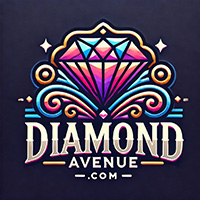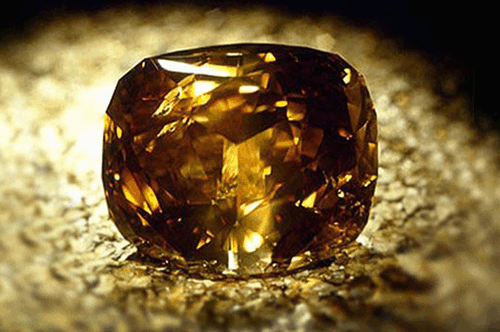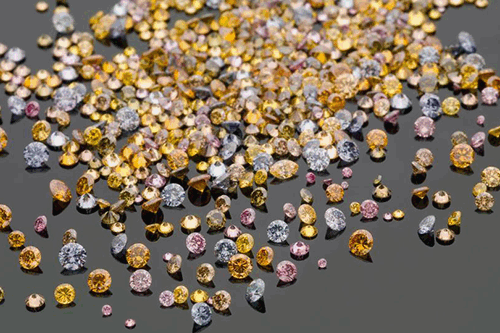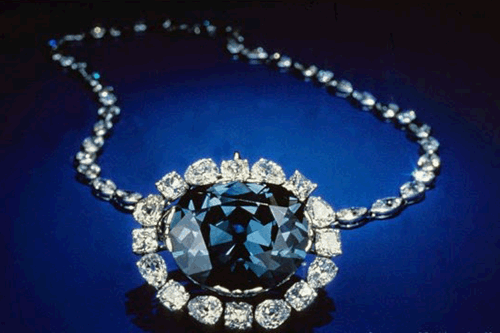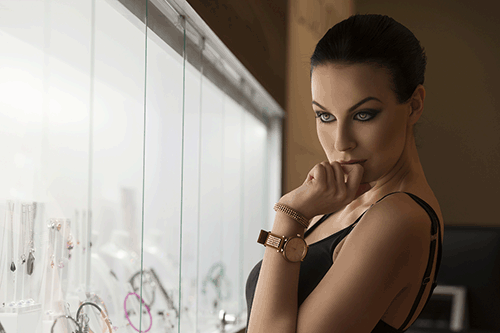In addition to differences in their cut, clarity, color and carat (weight), they all fall into at least one type (or category). The various diamond types are based on identified chemical and physical properties as well as atomic makeup.
Diamonds have a carbon-based, cubic crystal structure, that is, the diamond is made up of carbon atoms arranged in a cube-like manner. During the initial forming process, some of the carbon atoms may actually be replaced by nitrogen atoms which, in time, consolidate affecting the diamond's appearance and color.
A diamond's classification or type is delineated on each stone's accompanying certificate once it is determined by the experts and that directly affects the stone's value in the marketplace.
Type Ia Diamond:
• Presents a yellow cast when nitrogen atoms group together in three's absorbing blue light and as a result reflects yellow light,
• Most common type - some degree of florescence present which may affect the color of the stone,
• Can be broken down further into the subcategories IaA and IaB
• IaA: Nitrogen atoms consolidate in pairs - cannot absorb visible light,
• IAB: Nitrogen atoms consolidate in four's - cannot absorb visible light
Type IIa Diamond:
• Forms under very high pressure for longer periods of time,
• Tends to have an irregular shape,
• Has no visible absorption of infrared or U.V. light,
• Has very little if any Nitrogen impurities,
• Is rare, valuable and a good choice for investing,
• Produces a superior look and is considered a white diamond because it is almost pure carbon
If one is looking for an ideal diamond, it is recommended by some that one consider a Type IIa diamond with D color, no florescence and a clarity of either IF or VVS1.
Some Type IIa diamonds may have an inclusion that absorbs certain light giving the stone a colored hue. These diamonds known as fancy colored diamonds can be pink, gray, yellow, brown, light blue or light green.
Famous stones that fall into the Type IIa classification include the Cullinan, Koh-i-Noor, Graff Pink and Hope diamonds.
